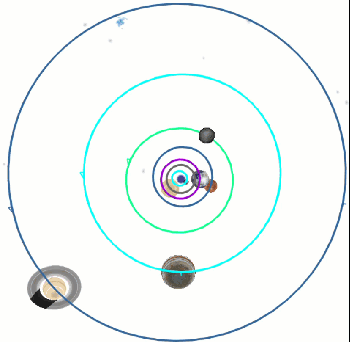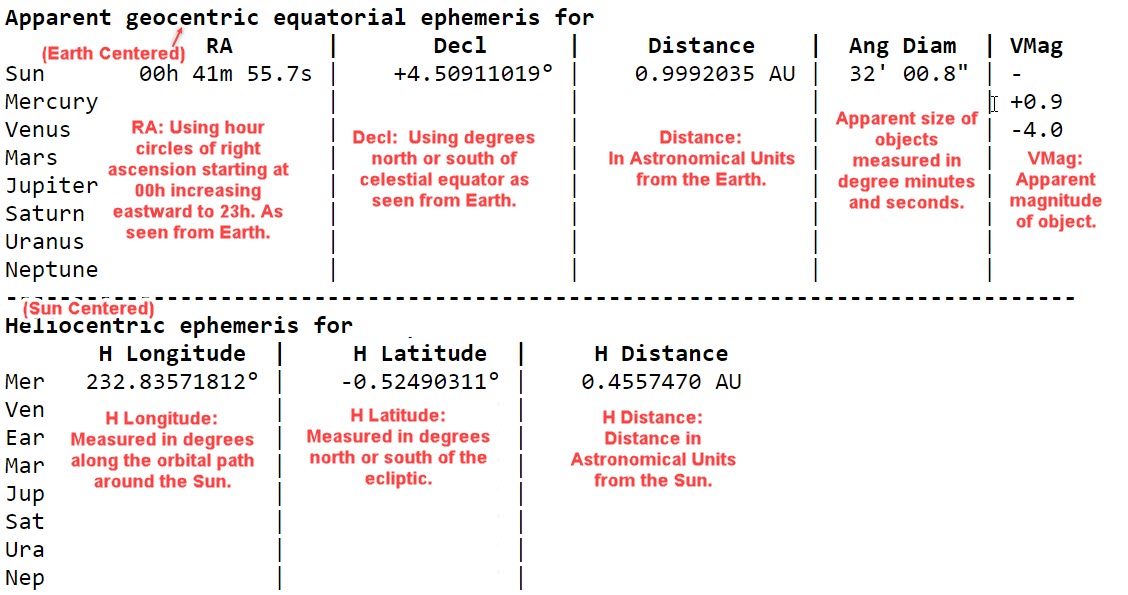May 2023
On Mother's Day show Mom a diamond in the sky with a star from Leo, Cor Caroli, Bootes, and Virgo.
Click here for the month at a glance calendar.
 What is this? "It's a prediction of when Lees Summit, MO, will have good weather for astronomical observing."
Click on the graphic to go to the Clear Sky web site.
What is this? "It's a prediction of when Lees Summit, MO, will have good weather for astronomical observing."
Click on the graphic to go to the Clear Sky web site.

Mercury starts this month on the opposite side of the Sun, Inferior Conjunction, but becomes visible as a morning planet rising ahead of the Sun. However Mercury will be rather low over the eastern horizon for Northern Hemisphere viewers.
Venus is hard to miss seeing as it is high above the western horizon, outshining everything in the evening sky except for the Moon. Watch for a conjunction with the Moon toward the end of the Month.
Mars continues to dim in apparent brightness as the distance between the Earth and Mars continues to increase. Mars and Venus move closer to each other amidst the stars of the Gemini Twins.
Dwarf Planet Ceres may be just visible with an apparent magnitude between 6-7 using binoculars but certainly with optical assistance,or time-exposure images. Look for the nearest Dwarf Planet to be within a couple of degrees from the star Denebola, the tail of Leo the Lion.
Jupiter reappears in the morning skies and gradually becomes more visible as it rises earlier each day. Jupiter will be in Aquarius, and will reach its first stationary point on 23 May, when it starts retrograde motion.
Saturn is visible above the eastern horizon rising an hour or so before the Sun rises. Saturn will be in Capricornus, and will reach its first stationary point on 23 May, when it starts retrograde motion.
Uranus is too close to the Sun to be visible this month and will be at solar conjunction on the 9th.















